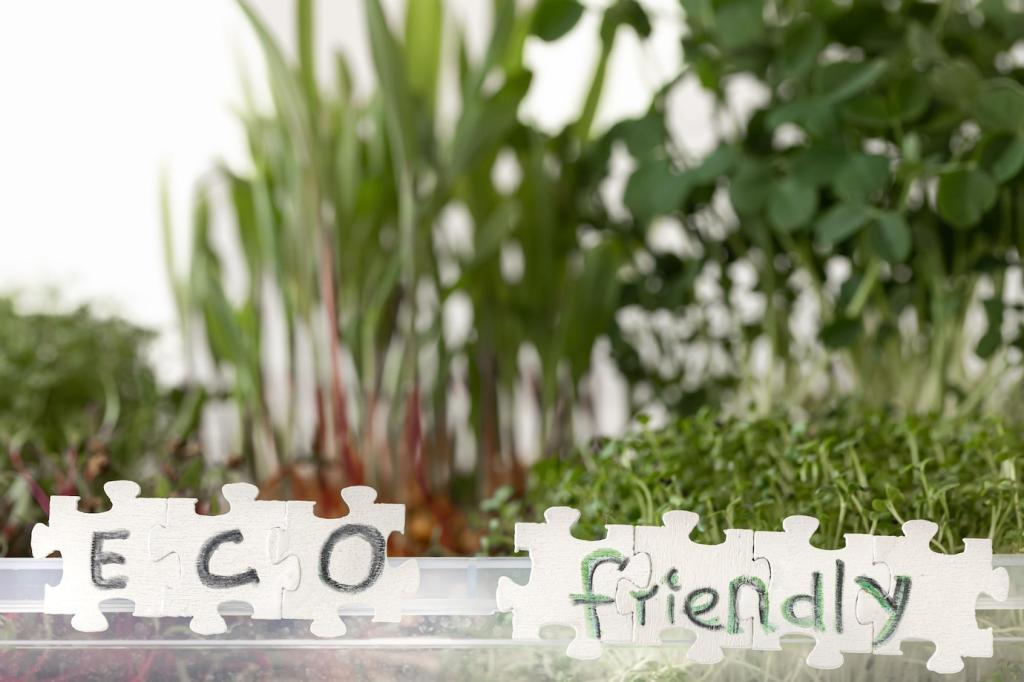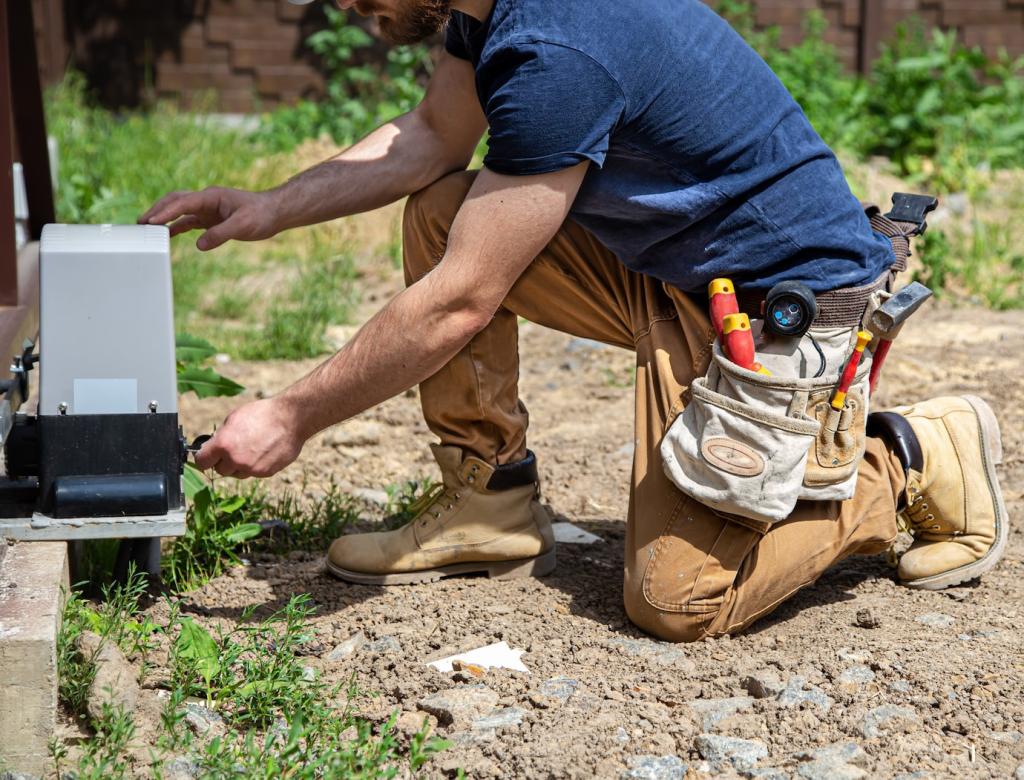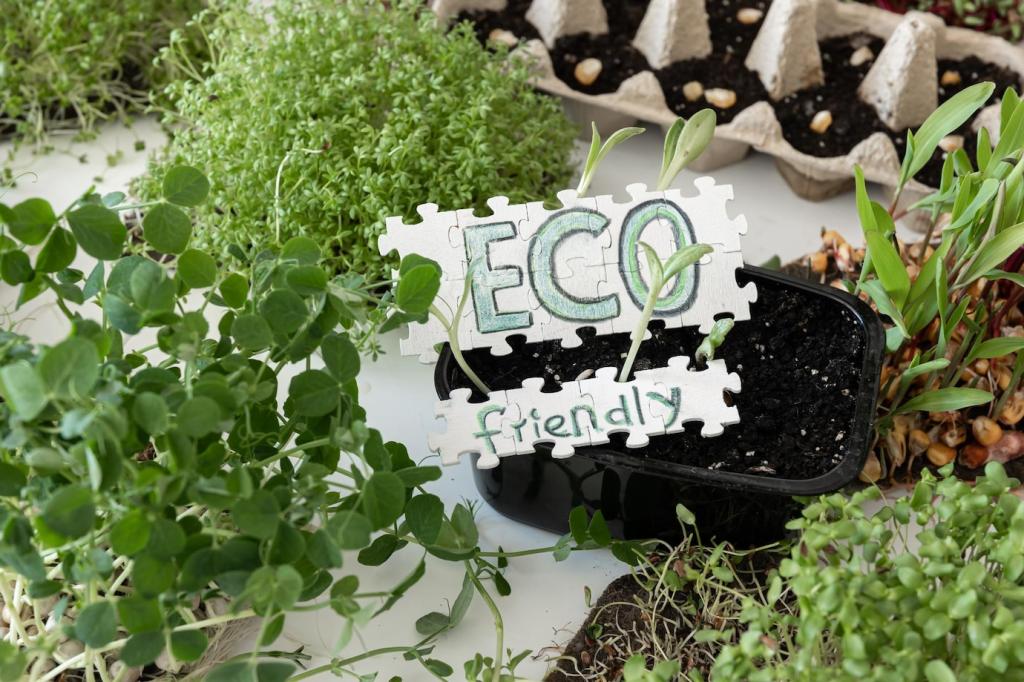Choosing the Right Eco-Friendly Finish
Plant-based oils and hardwax oils soak in, enhancing grain with a warm, tactile feel and easy spot repair. Waterborne polyurethanes build a protective film, often clearer and more scuff-resistant, great for tabletops and high-traffic pieces used daily.
Choosing the Right Eco-Friendly Finish
Look for independent verifications like GREENGUARD Gold, EU Ecolabel, Blue Angel, or Nordic Swan. These signals help confirm lower emissions and safer chemistry. Always read technical data sheets for cure times, maintenance needs, and recommended application methods.
Choosing the Right Eco-Friendly Finish
Oily exotics like teak may prefer penetrating oils, while pale maples often shine under clear waterborne topcoats. If you’re refinishing, test compatibility on a hidden spot first, since residues from older finishes can interfere with adhesion and curing.






